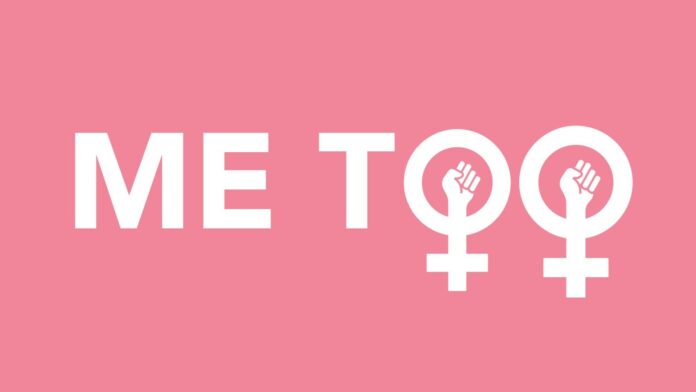The evolution of feminism is not merely a narrative embroidered with struggles, but rather a tapestry of achievements that have significantly shifted societal paradigms. Understanding the distinct waves of feminism provides a clearer insight into what these movements accomplished and their continuing relevance today. This discourse delves into the specific milestones, cultural contexts, and ideological shifts that characterized each wave, culminating in a thorough examination of their collective impact.
The First Wave: Foundations of Equality and Suffrage
The essence of the first wave of feminism, primarily situated in the late 19th and early 20th centuries, was the pursuit of legal inequalities and the establishment of basic rights for women. Emerging primarily as a response to oppressive legal structures, it focused on suffrage, property rights, and access to education. The movement was marked by a burgeoning recognition of women’s societal roles beyond the domestic sphere, igniting essential dialogues about gender equality.
One of the most significant triumphs of this wave was the suffrage movement, which culminated in the granting of voting rights to women in several countries. In 1920, the Nineteenth Amendment to the United States Constitution was ratified, enfranchising American women and marking a pivotal victory in the quest for political equality. The first wave also encompassed victories in educational reforms; women began to gain access to institutions of higher learning, and the concept of co-education became more widely accepted, enabling women to pursue previously forbidden educational paths.
Additionally, the movement facilitated changes in property laws, allowing married women greater autonomy in managing personal property and financial assets. The Seneca Falls Convention of 1848, often viewed as the birthplace of the feminist movement, underscored these principles, as it produced the Declaration of Sentiments, which articulated the grievances and demands of women, foreshadowing the future of feminist activism.
The Second Wave: Expanding Horizons and Rights
Emerging in the 1960s and 1970s, the second wave of feminism further broadened the scope of gender equality. At this juncture, the discourse shifted from legal matters to a more comprehensive examination of social, cultural, and economic inequalities. This wave was characterized by the unification of diverse women’s voices that championed issues of reproductive rights, workplace discrimination, and sexual liberation.
One of the hallmark achievements of the second wave was the fight for reproductive rights. The landmark 1973 Supreme Court case, Roe v. Wade, asserted a woman’s legal right to obtain an abortion, thus giving women greater autonomy over their bodies and reproductive choices. Concurrently, the establishment of the Equal Employment Opportunity Commission (EEOC) in 1965 marked a significant stride toward workplace equality, addressing issues such as gender discrimination and providing a formal avenue for grievance redressal.
The second wave also emphasized the importance of consciousness-raising groups, where women gathered to share their experiences and discussed the societal constructs that limited their freedoms. This communal exchange of narratives empowered women to challenge patriarchal norms and advocate for broader societal changes. Thus, feminist literature flourished during this period, with works by authors like Betty Friedan and Audre Lorde illuminating the complexities of womanhood and the intersections of race and gender in the feminist struggle.
The Third Wave: Inclusivity and Intersectionality
Initiating in the 1990s, the third wave of feminism arose as a response to perceived shortcomings in the previous movements. Primarily, it sought to address the issues of intersectionality and the need for a more inclusive movement that recognized the diversity of women’s experiences across race, class, and sexual orientation. This wave marked a significant cultural shift, as modern feminism began to embrace complexity and challenge the binary notions of gender.
The third wave celebrated individuality, encouraging personal expression through various mediums, including literature, art, and fashion. Notable achievements include the advocacy for LGBTQ+ rights and the acknowledgment of the myriad struggles faced by women of color, thus broadening the feminist narrative to include voices historically marginalized within mainstream feminism. The establishment of organizations such as the Feminist Majority Foundation served to amplify these diverse voices, advocating for social justice and equality on a larger scale.
Simultaneously, the third wave embraced technology and social media as tools for activism, dramatically transforming how feminist discourse was disseminated. The hashtag movement, particularly around issues like #MeToo, exemplifies the enduring legacy of third-wave feminism, as it galvanized a global dialogue on sexual harassment and assault. The intersection of feminism with contemporary platforms enabled younger generations to engage more dynamically in the discourse, fostering solidarity in an era of digital activism.
Feminism in the Contemporary Context: A Continuous Journey
As the contemporary feminist movement evolves, it remains a dynamic entity informed by the legacies and lessons of each preceding wave. Today’s feminism is characterized by its global perspective, where the struggles of marginalized women worldwide, including those in the Global South, are recognized and addressed. This fresh iteration seeks to dismantle systems of oppression that transcend gender, including those rooted in racism, classism, and ableism, acknowledging that the fight for equality is multidimensional.
The collective achievements resultant from each wave are unmistakably profound; they have not only reshaped legal frameworks but have also redefined societal consciousness surrounding gender roles. For younger audiences, understanding this historical continuum is imperative. It illustrates that while significant victories have been secured, the struggle for equity and justice is ongoing, requiring proactive engagement in advocacy and awareness.
In essence, the timeline of feminist successes is not merely a catalog of past achievements; it serves as an inspiration for current and future generations to recognize that every initiative contributes to the broader fight for gender equality. Through collective efforts and sustained dialogues, feminism continues to evolve, striving to ensure that the rights and voices of women worldwide are championed and celebrated.





























